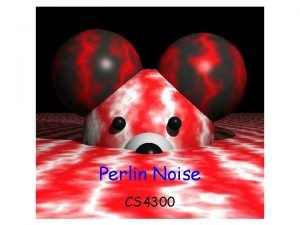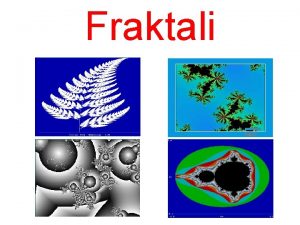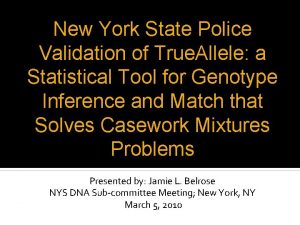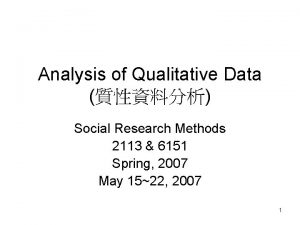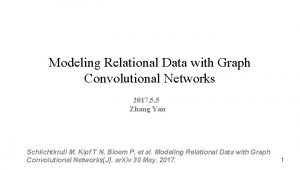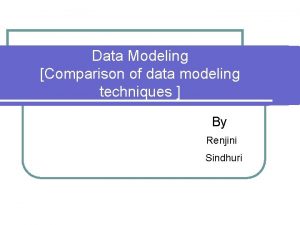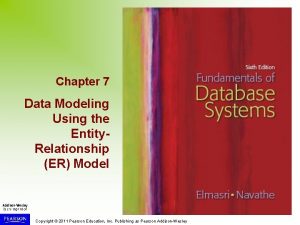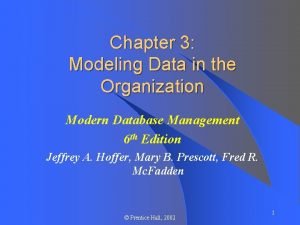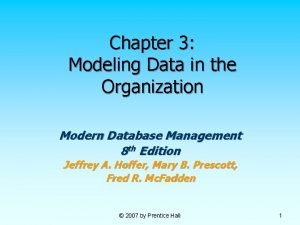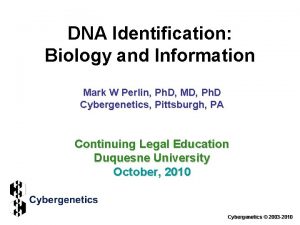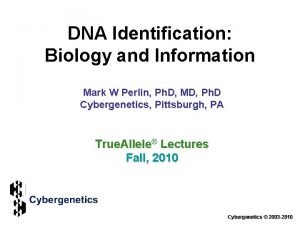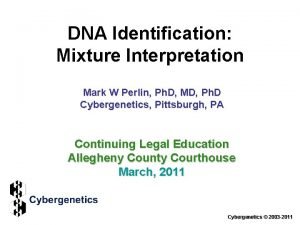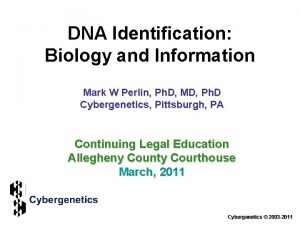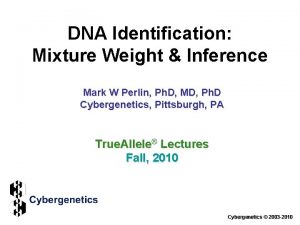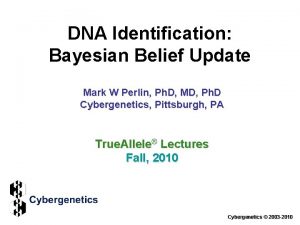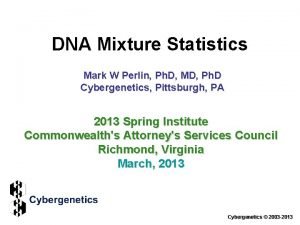DNA Identification Quantitative Data Modeling Mark W Perlin





















- Slides: 21

DNA Identification: Quantitative Data Modeling Mark W Perlin, Ph. D, MD, Ph. D Cybergenetics, Pittsburgh, PA True. Allele® Lectures Fall, 2010 Cybergenetics © 2003 -2010

Quantitative Data • PCR is a linear process • peak heights reflect the underlying DNA quantity • use quantitative peak heights to explain the observed data

Genotype Model: 1 + 1 = 2 victim genotype 13 second genotype? 12, 14 ? genotype pattern 14 + 12 14 = 12 13 14 Consider all possible allele pair values by trying out each candidate

Compare Model to Data victim genotype 13 second genotype? 12, 14 ? genotype pattern 14 + 12 14 data = 12 13 14

Likelihood Function victim genotype 13 12 14 data = Pr(datapeak|Q=x, …) joint likelihood function x x = large Likelihood large Deviation small 14 small 13 large 12 small genotype pattern + large second genotype? 12, 14 ? 14 12, 14 is very likely

Genotype: Alternative Value victim genotype 13 second genotype? 12, 13 ? genotype pattern 14 + 12 13 = 14 Consider a different allele pair value by trying out another candidate

Compare Model to Data victim genotype 13 second genotype? 12, 13 ? genotype pattern 14 + 12 13 data = 12 13 14

Likelihood Function victim genotype 13 12 13 data = Pr(datapeak|Q=x, …) joint likelihood function x x = small Likelihood small Deviation large 14 large 13 small 12 small genotype pattern + large second genotype? 12, 13 ? 14 12, 13 is less likely

All Genotype Possibilities prior likelihood posterior

Genotype inference Pr(Q=x|data, …) Pr(data|Q=x, …) Pr(Q=x) posterior probability joint likelihood function prior probability Try out all value possibilities; better fit's more likely it. Pr(datalocus|Q=x, …) joint likelihood function

Genotype probability with data uncertainty

Genotype alternative value

Bayesian probability • Assess ALL genotype patterns to find the probability of each allele pair. • Similarly compute the data variance. • Small data variation is RESTRICTIVE: only few genotype values are possible. (more certain) • Large data variation is PERMISSIVE: many genotype values are possible. (less certain)

Likelihood ratio match statistic reflects genotype uncertainty LR = Pr(Q=s|data) Pr(Q=s) Genotype certainty concentrates probability on just a few good bets, and focuses LR. (more info) Genotype uncertainty diffuses probability across many candidates, and reduces LR. (less info)

Mixture weight inference Pr(W=w|data, …) Pr(data|W=w, …) Pr(W=w) joint likelihood function posterior probability prior probability Try out all value possibilities; better fit's more likely it. Pr(datalocus|W=w, …) joint likelihood function

Mixture weight probability with data uncertainty

Mixture weight alternative

Data variance inference Pr(V=v|data, …) Pr(data|V=v, …) Pr(V=v) posterior probability joint likelihood function prior probability Try out all value possibilities; better fit's more likely it. Pr(datapeak|V=v, …) joint likelihood function

Data variance probability of data peak uncertainty

Data variance alternative

Quantitative data modeling • genotype is main variable of interest • genotype gives identification LR • mixture weight is explanatory variable • data variance, stochastic effects • identification information preserved by quantitative modeling
 Ken perlin
Ken perlin Mojoworld generator
Mojoworld generator Dr barry perlin
Dr barry perlin Darryl perlin santa barbara
Darryl perlin santa barbara Ken perlin
Ken perlin Modeling role modeling theory
Modeling role modeling theory Relational vs dimensional data modeling
Relational vs dimensional data modeling Presumptive identification vs positive identification
Presumptive identification vs positive identification Oracle data warehouse best practices
Oracle data warehouse best practices Data analysis qualitative and quantitative
Data analysis qualitative and quantitative Data
Data Replication
Replication Bioflix activity dna replication dna replication diagram
Bioflix activity dna replication dna replication diagram Coding dna and non coding dna
Coding dna and non coding dna Replication process
Replication process Dna rna protein synthesis homework #2 dna replication
Dna rna protein synthesis homework #2 dna replication Modeling relational data with graph convolutional networks
Modeling relational data with graph convolutional networks Idefix notation
Idefix notation Data modeling using entity relationship model
Data modeling using entity relationship model Data warehouse modeling tutorial
Data warehouse modeling tutorial Modeling data in the organization
Modeling data in the organization Modeling data in the organization
Modeling data in the organization
